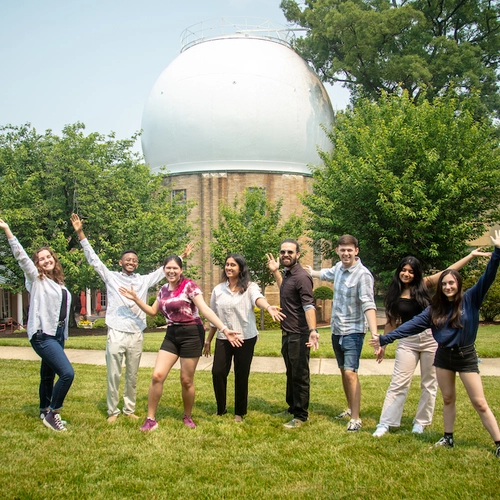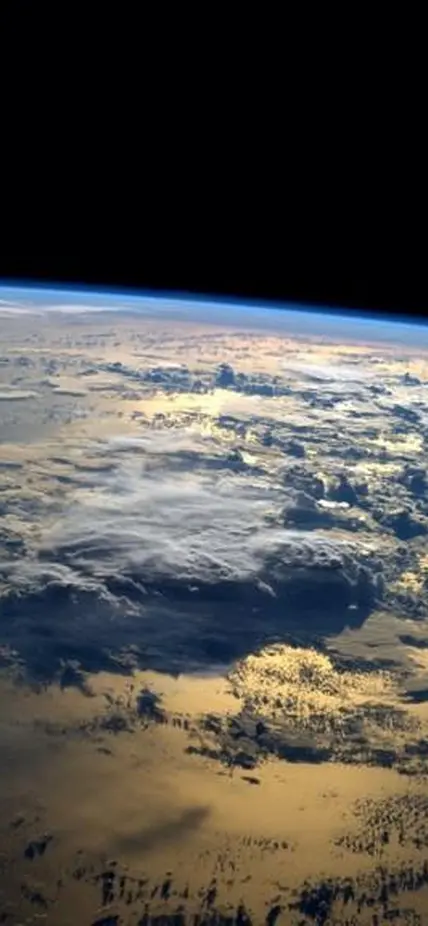Advancing Science

Developing a New Tool to Evaluate and Track Global Sustainability Targets
Climate change and habitat destruction may have already caused the loss of more than one-tenth of the world’s terrestrial genetic diversity, according to research led by Carnegie evolutionary geneticist Moises Exposito-Alonso.
Human activity has impacted or shrunk half of Earth’s ecosystems, affecting millions of species. The partial loss of geographic range diminishes population sizes and can prevent populations of the same species from interacting with each other. This has serious implications for an animal or plant’s genetic richness and ability to meet the coming challenges of climate change.
Mutations represent small, random natural variations in the genetic code that could positively or negatively affect an individual organism’s ability to survive and reproduce, passing the positive traits down to future generations. As a result, the greater the pool of mutations upon which a species is able to draw, the greater the chances of stumbling upon that lucky blend that will help a species thrive despite the pressures created by habitat loss, as well as shifting temperature and precipitation patterns.
(Caption: Illustration of genetic diversity loss courtesy of Mark Belan | artscistudios.com)

Exposito-Alonso and his collaborators set out to develop a population genetics-based framework for evaluating the richness of mutations available to a species within a given area. They analyzed genomic data for more than 10,000 individual organisms across 20 different species to demonstrate that Earth’s terrestrial plant and animal life could already be at much greater risk from genetic diversity loss than previously thought.
Protection of genetic diversity was a major topic of discussion at the 2022 United Nations Biodiversity Conference, COP15, at which Exposito-Alonso represented Carnegie. One of the meeting’s sessions, organized by the Group on Earth Observations’ Biodiversity Observation Network, G-BIKE, and the Coalition for Conservation Genetics discussed genetic diversity targets and projections, including Exposito-Alonso’s work.
(Caption: Photograph courtesy of Benjamin Wong Blonder)

Improving Agricultural Resilience in a Changing Climate
Sustainable Irrigation Could Feed 1.2 Billion More People
As climate change shifts precipitation patterns, irrigation can be a powerful tool for increasing the world’s food supply without converting natural spaces into farmland, according to Carnegie’s Lorenzo Rosa, whose work aims to decarbonize the agricultural industry.
Population trends indicate that agricultural production will need to double by 2050. But climate change is expected to both shift precipitation patterns and increase heat stress on plants, meaning that relying on rainfall alone will not keep up with the increased demand for food.
Studies show that irrigated crops are twice as productive as those that rely on rain. However, irrigation already accounts for between 85 and 90 percent of human water consumption. Rosa set out to determine whether sustainable irrigation strategies could be expanded to maximize agricultural productivity and minimize the negative environmental impacts of water use. Sustainable irrigation relies on groundwater and locally available water sources, without harming freshwater ecosystems or depleting them beyond what precipitation can replace.
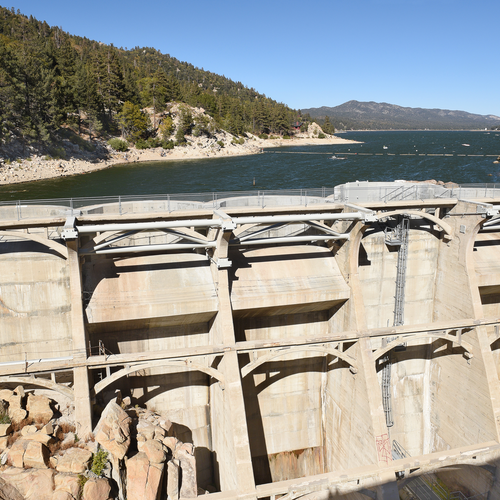
Rosa revealed that under current conditions, there is enough water available from local, renewable sources to expand sustainable irrigation over 35 percent of farmland around the world. However, climate change will make this calculus more complex. As the world warms, Rosa indicated that in addition to heat stress and changes in rainfall, climate change could also make water evaporate faster, decreasing the efficiency of irrigation.
That said, Rosa found that constructing long-term water storage reservoirs could enable sustainable irrigation to feed 1.2 billion more people than relying on renewable water resources alone.
In the past, big dams were the most common method for saving rainwater for agricultural irrigation. However, these projects inflicted harm on their local and regional ecosystems, and particularly on fish and migratory birds. Dams also lose water due to evaporation and necessitate transportation to get the stored water to farmers’ fields. In collaboration with Stanford University researchers, Rosa showed that these drawbacks mean that big dams should be considered a measure of last resort.

Is Net-zero Food Production Possible?
Rosa studies challenges and opportunities related to food, water, and energy security from a variety of angles. Together with Carnegie Visiting Investigator Paolo Gabrielli of ETH Zurich, he also analyzed strategies for decreasing greenhouse gasses emitted by the synthesis of nitrogen fertilizers. Their research, which found that there’s no one-size-fits-all solution for decarbonizing fertilizer production, was funded by the ClimateWorks Foundation.
Right now, nitrogen fertilizer manufacturing is responsible for 2 percent of global energy consumption and emits about 310 megatons of carbon dioxide pollution each year. Rosa and Gabrielli analyzed a variety of options for lowering the carbon footprint of the fertilizer industry to net-zero emissions without diminishing the global food supply, including:
- Capturing the carbon produced from nitrogen fertilizer synthesis before it reaches the atmosphere and permanently storing it underground.
- Using biomass to capture and contain the carbon produced by nitrogen fertilizer production.
- Supplying the hydrogen molecules to create nitrogen fertilizer using a process based on carbon-free electricity.

Rosa and Gabrielli found that while these solutions can reduce agriculture’s dependence on fossil fuels, they will require more land, water, and energy than current methods of nitrogen fertilizer production. This means that approaches will need to be tailored on a case-by-case basis depending on local resources. The situation could also potentially be improved by restructuring the international chemicals trade to move fertilizer production from countries with large fossil resources to countries with abundant renewable energy infrastructure, land, and water resources.
“Rosa and Gabrielli’s work on reducing emissions from the fertilizer industry provides insight that is key to improving our global food system. We are pleased to have partnered with Carnegie on this important research to gain a better understanding of fertilizer’s role at the intersection of food, energy, land, and climate.” –Avery Cohn, Program Director, Food & Agriculture, ClimateWorks Foundation
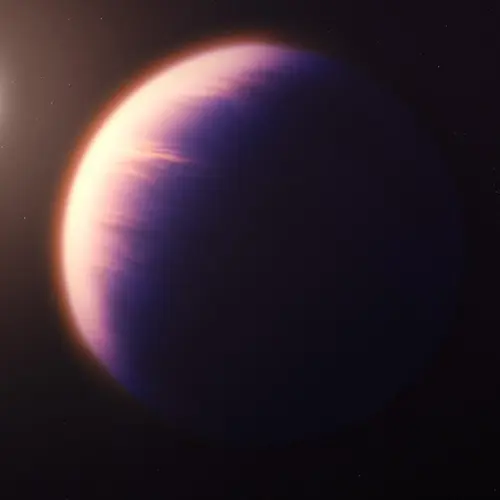
Early JWST Breakthrough Revealed Atmospheric Carbon Dioxide on Exoplanet
The James Webb Space Telescope captured the first clear, detailed, indisputable evidence for atmospheric carbon dioxide ever detected on a planet outside the Solar System. The discovery was announced in September 2022 by the mission’s Transiting Exoplanet Community Early Release Science Team, which included four Carnegie astronomers—post doctoral students Munazza Alam and Anjali Piette and Staff Scientists Peter Gao and Johanna Teske.
As part of the Early Release Science (ERS) Team’s efforts, JWST observed a gas giant planet, called WASP-39 b, which orbits a Sun-like star 700 light-years from Earth. Their finding offered thrilling evidence of JWST’s capabilities and provided important insights into the link between planetary formation and composition.
First discovered in 2011, WASP-39 b is a hot gas giant with about the same mass as Saturn and a diameter 1.3 times greater than Jupiter. Its extreme “puffiness” is related in part to its high temperature of about 1,600 degrees Fahrenheit, or 900 degrees Celsius. Unlike the cooler, more compact, gas giants in our Solar System, WASP-39 b orbits very close to its star at a distance only about one-eighth that between the Sun and Mercury, completing its orbit in just over four Earth days.
(Caption: Artist's conception courtesy of NASA, ESA, CSA, Joseph Olmsted/STScI)
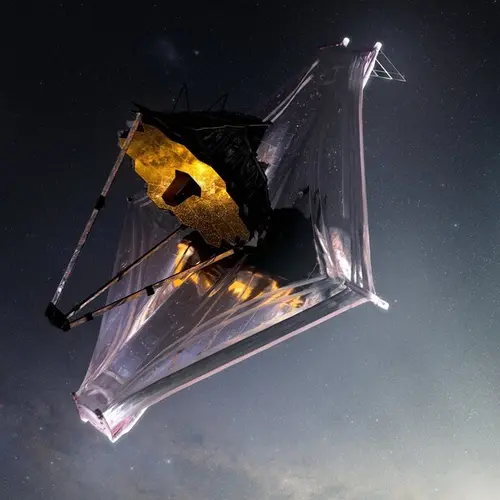
WASP-39 b was initially discovered using ground-based detections of the subtle, periodic dimming of light from its host star as the planet passed in front of it. So-called transiting planets like this present astronomers with ideal opportunities to probe their atmospheres.
During a transit, some of the starlight is filtered through the planet’s atmosphere. Depending on the atmosphere’s composition, thickness, and cloudiness, it absorbs some colors of light more than others—making the planet appear larger. Researchers can analyze these miniscule differences in the size of the planet to reveal the atmosphere’s chemical makeup.
The ERS program, which represents 22 different research institutions, was designed to provide the research community with robust data from JWST as quickly as possible. This is one of several JWST teams involving Carnegie astronomers, including six projects headed up by Carnegie scientists—Gao and Teske are both leads on separate JWST investigations of exoplanet atmospheres—and several others on which Carnegie staff and postdocs are team members.
(Caption: JWST illustration courtesy of NASA GSFC-CIL-Adriana Manrique Gutierrez)
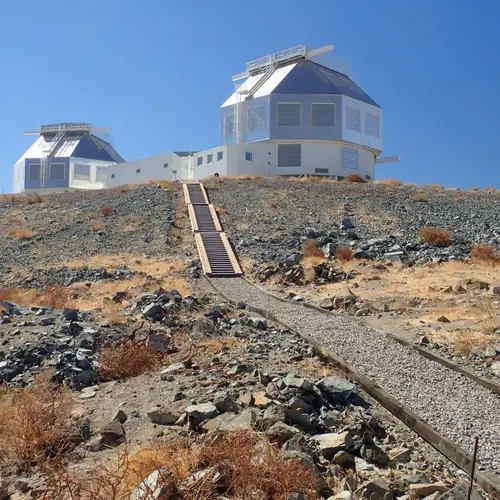
Transformative Anonymous Gift Will Drive New Era of Astronomical Discovery
An anonymous bequest of $34.8 million will keep the Carnegie Observatories at the frontier of astronomy and astrophysics. This represents the largest single gift to the Institution since it was established by Andrew Carnegie in 1902.
Since George Ellery Hale and Andrew Carnegie first established the Mount Wilson Observatory, Carnegie scientists have transformed the ways in which we understand our universe. This philanthropy provides a foundation for the next era of breakthrough discoveries from Carnegie astronomers.
The gift will enable the first expansion of staff scientist positions at the Observatories since the days of Edwin Hubble. These new roles will be created for individuals who specialize in using or developing instruments for the telescopes at Carnegie’s Las Campanas Observatory in Chile.
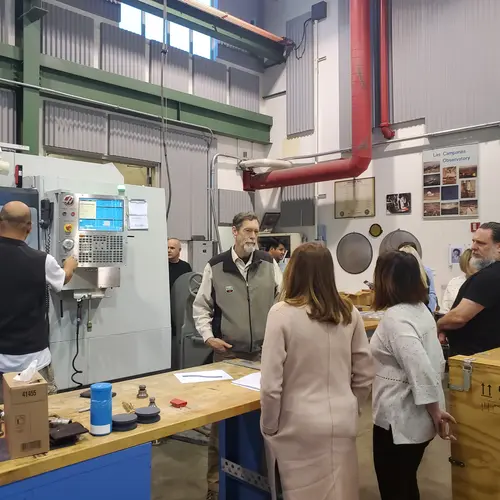
The funds will also support the design and construction of new instruments that will enhance the abilities of Carnegie’s twin Magellan telescopes, as well as the Giant Magellan Telescope when it comes online. The Carnegie Observatories is a rare institution with an on-site machine shop, enabling observational astronomers, theorists, engineers, and machinists to work in close collaboration, developing the tools that will open new doors to discovery.
This bequest will empower generations of Carnegie scientists to reveal the cosmos in never-before-seen detail. It is an excellent example of the tremendous power of philanthropic giving—a single individual’s investment in astronomy will be felt for decades to come, both at Carnegie and throughout the scientific enterprise.

